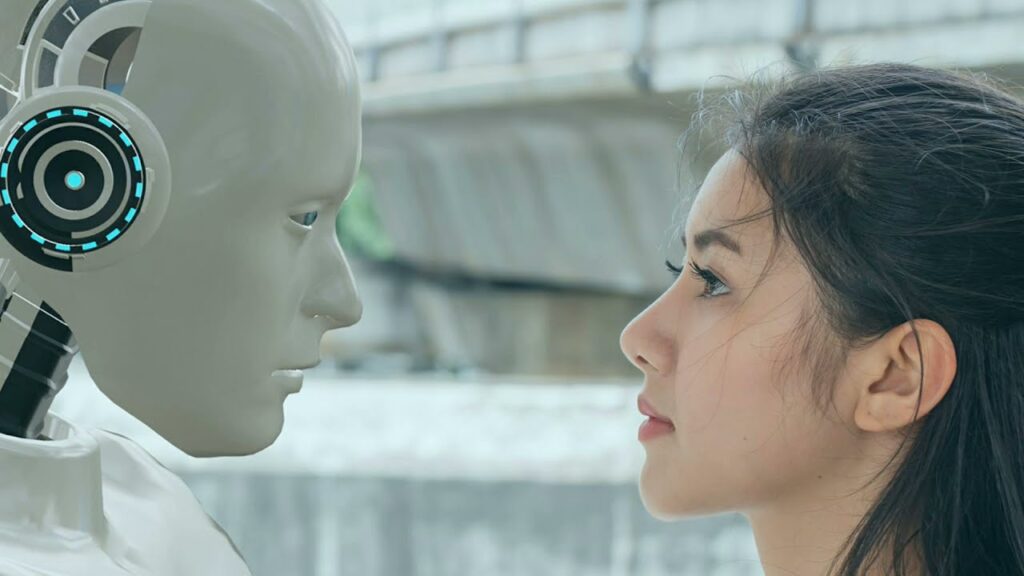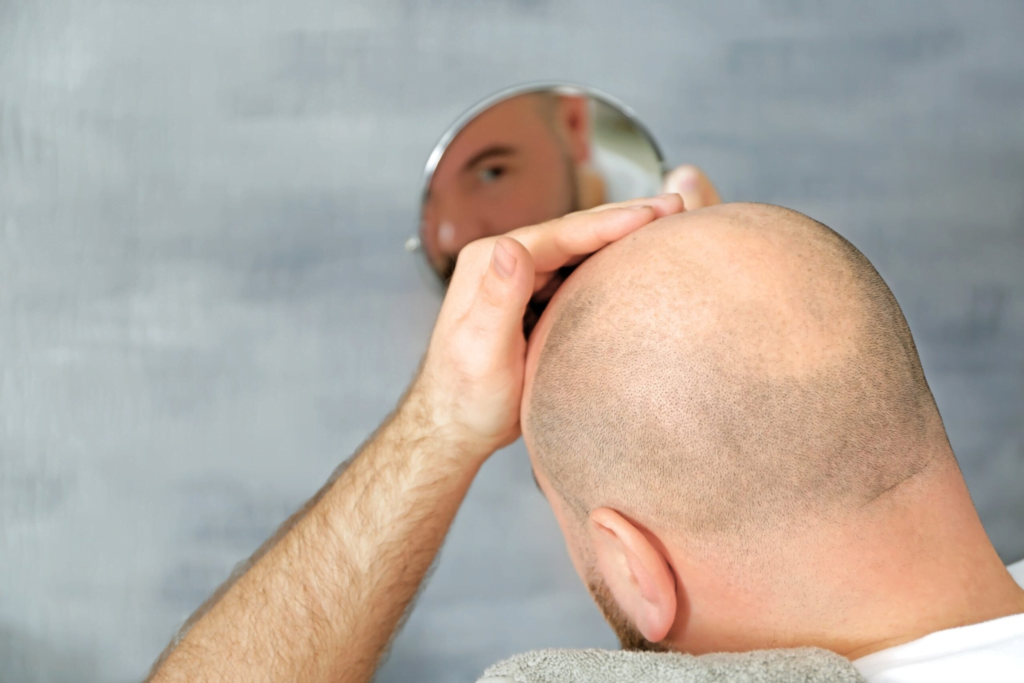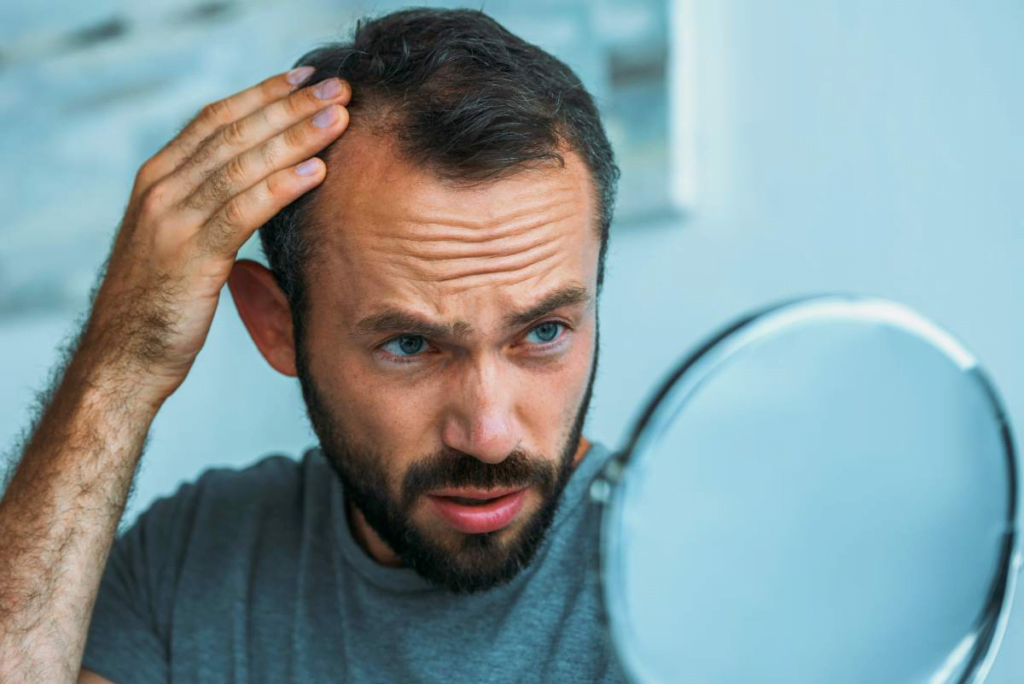
It is only a matter of time before the new revolution in hair transplantation begins. With the development of artificial intelligence and robotic technologies, the beginning of a new era in hair transplantation treatment is not far away. So how will this transformation in hair transplantation affect people struggling with hair loss? In this article we will find the answer to this question together.
It is no longer possible to escape from technology. Technology is involved in every aspect of our lives and provides various conveniences in our daily lives. Hair transplantation is making progress thanks to technological developments and gives hope to many people. Especially developments in the field of robotics and artificial intelligence seem to increase the rate of successful results even more. If we are ready for this transformation, let’s take a closer look at what this means.
İçindekiler
Hair transplant revolution with artificial intelligence and robotics
Our hair is everything. It gives messages on many subjects from our gender identity to our health. At this point, in some cases, hair loss can be our main enemy. However, developments in hair transplantation have been very promising for a long time. And now the fight against hair loss is preparing for brand new doors and new alternatives thanks to Artificial Intelligence (AI) and robotics.
In addition to innovation, this technological revolution promises to offer hope and advanced solutions to millions of people suffering from hair loss. Thanks to these technologies, hair transplantation techniques foresee the emergence of more effective, more minimal and more personalised therapeutic options. In short, it may be possible at any moment to bury hair loss as a problem in history.
Easier to diagnose thanks to Artificial Intelligence
The hair transplant journey begins with the correct diagnosis. At this point, the stage at which the diagnosis is made is very important. Proper planning brings the right results. It will be very important to get support from AI at this important stage. AI’s transformation potential and algorithms will detect the causes of hair loss that cannot be measured with the human eye and make the necessary analyses thanks to its high verification capacity. This means more personalisation of hair transplantation. This high-level capability will enable early detection and prevent further hair loss.
In addition to all these, AI will reveal personalised approaches by taking into account the genetic background of the person. This will increase the maximum benefit from hair transplantation.
Robotic Hair Transplant: Get Ready for the New Era
Robotic technologies such as the ARTAS system in hair transplantation are a completely different innovation and very promising. Thanks to these technological robots, it seems that surgeons will be able to collect hair follicles with unparalleled precision and care, reducing the possibility of damage to the follicles during collection. Thanks to the precise methods of robotic technology, reshaping natural-looking hairlines that are difficult to achieve by hand will be easier and promising in terms of results.
Postoperative Care and Monitoring in the Age of Artificial Intelligence
Postoperative care is very important for the success of hair transplantation treatment. At this stage, artificial intelligence and wearable technologies aim to protect the health of the scalp and monitor and facilitate the progress of hair growth.
Thanks to these tools, timely intervention is possible. Patients and surgeons will be able to take early precautions through these technologies for signs of infection or complications. Artificial intelligence-supported methods will be able to guide personal care. In addition, post-operative recovery can be monitored and necessary treatment procedures can be adjusted and an effective and easy recovery process can be developed.
Challenges awaiting hair transplantation in the Robotic Age
Artificial intelligence and robotics are still in their infancy in hair transplantation. Work is already underway on these methods. The fact that these smart tools are not yet fully integrated into hair transplantation is due to the difficulties in overcoming some challenges. In addition to the problem of integration into hair loss treatments, accessibility is another challenge.
While these technologies promise to streamline procedures, reduce costs and bring advanced treatments to more people, there are challenges in ensuring equal access. In addition, it will take time to build trust between the technology and individuals. Challenges such as addressing privacy concerns related to data collection and continuously improving the technology to adapt to various hair types and hair loss patterns are among the current problems.
A new ray of hope for alopecia and cancer patients
This revolution, which has the power to usher in a new era, seems to be a beacon of hope for Alopecia and cancer patients undergoing chemotherapy. Hair loss experienced by alopecia and cancer patients aims to improve patient care and outcomes through Artificial Intelligence(AI) and robotics. The emotional and psychological impact of hair loss for both alopecia and cancer patients should never be underestimated.
For people suffering from alopecia, an autoimmune disease that causes varying degrees of hair loss, and the side effects of cancer treatment, conventional methods do not yield positive results. However, the new way of working of artificial intelligence paves the way for more sensitive and personalised treatment methods. Thanks to artificial intelligence, hair loss patterns can be analysed and the necessary drug treatment will be planned together with genetic and medical data. This pioneering approach will give hope to many patients and ensure successful results.
A new future is just ahead

While we are so close to the new age, technological advances in hair transplantation treatment methods illuminate the future of this industry. It would be superficial to look at artificial intelligence and robotics only as technological developments. Thanks to these technologies, people’s physical and emotional expectations will also be met. These methods, which are still developing, will revolutionise hair transplantation after full integration. This journey ahead is quite innovative and pioneering in terms of its potential. It seems that it is only a matter of time before the problem of hair loss is erased from the dictionary.
For more information about our services, visit our website at www.hairtrans.com or check out Dr. MFO’s personal site at https://www.dr-mfo.com/tr/. We are here to support you on your journey to a more confident, natural-looking self.


